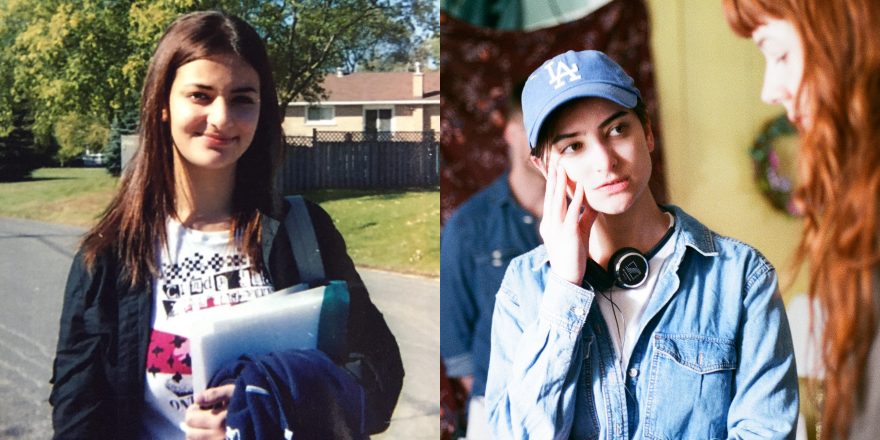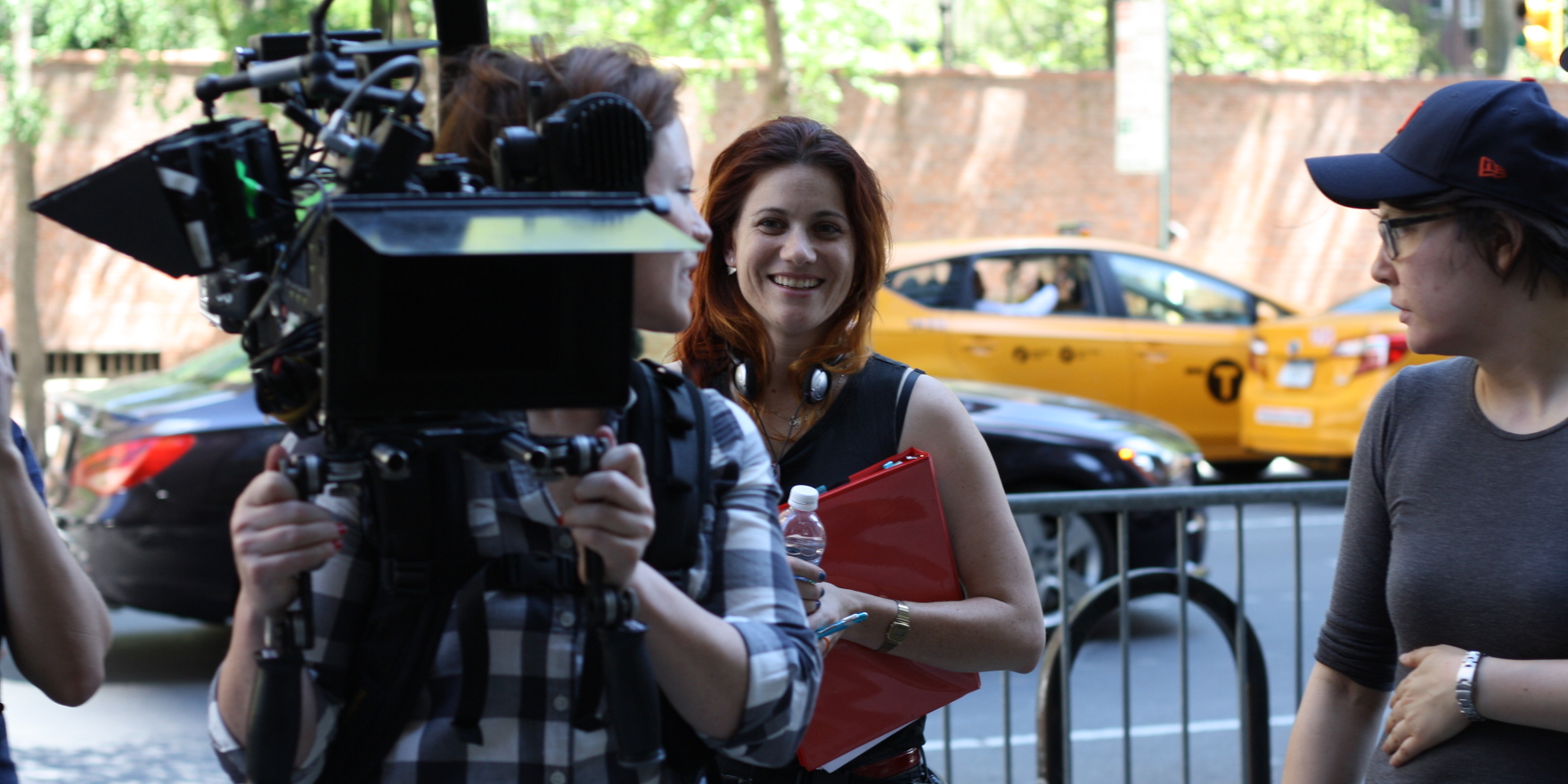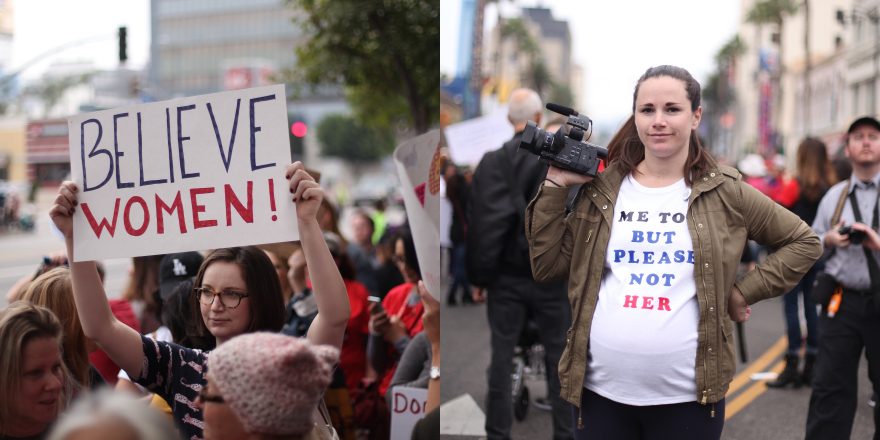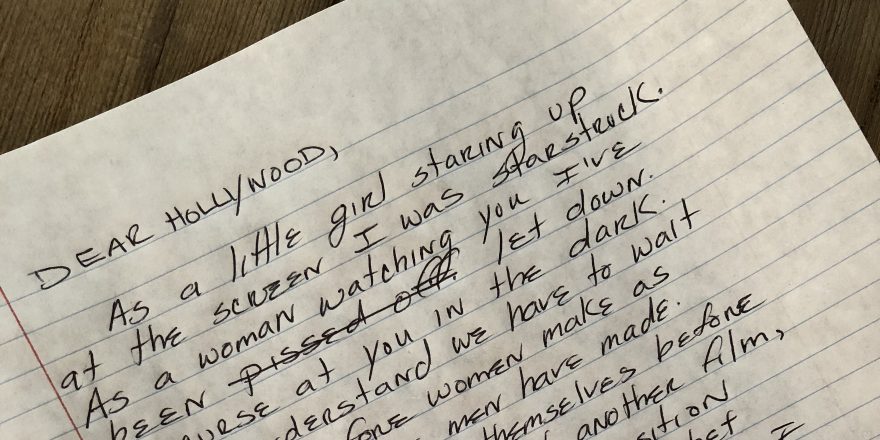I was 16, hanging out in the basement of my friend’s boyfriend’s McMansion when he pulled out a handgun and started waving it around wildly. We didn’t know if it was loaded or not and I remember thinking, “I’m not dying tonight.” It was 2003 and this kid was hellbent on emulating the persona of his hero Marshall Mathers, right down to the bleached hair and baggy jeans. He loved abusing us girls like this, either with his gun collection or by exposing himself to us when we were drinking. Later that night, I was calling my mom to come pick me up when he stuck my hand down his boxers and forced his tongue down my throat. As an awkward half-Iranian teenage girl with cystic acne who never saw much action, my biggest fear was that our braces would interlock.
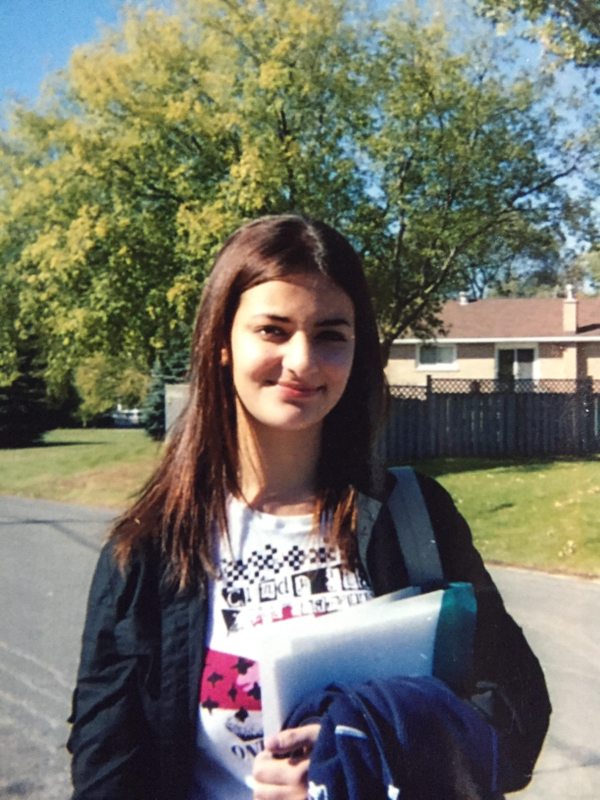
Twelve years later, I revisited this moment when it came time to adapt my short film Firecrackers into a feature. As I pored over my teenage journals, I discovered how much I was conditioned to accept this behavior in boys and, later, men. I even remember one fateful night in New York with my producing partner Caitlin. We were supposed to be on vacation, but instead stayed up until 5 a.m. in our tiny Upper East Side Airbnb, working on an early draft of the script. As we started to dissect the power dynamics of our casual sexual experiences, we came to the realization for the first time that both of us had been in situations that constituted rape. The writing process for Firecrackers illuminated all the instances in which internalized misogyny had been used as a weapon to make me feel small, both by men and by women. I started to see just how fragile and broken many men were living under this system, not being allowed to understand the nuances of their emotions and having it come out in strange, violent ways. I decided the feature version of Firecrackers, unlike the short, wasn’t just going to be a coming-of-age film about female friendship and the desire to leave a small town; this film would be about the crushing weight of patriarchy and the realization that none of us will ever truly be free so long as we live under it.
I went into writing the script with this exploration in mind. Every character and every scene tied back to this theme of patriarchal oppression. It was heavy and dark at times. I started to see the second half of the film as a full-fledged suffocating nightmare. During this time, I went through terrible bouts of writer’s block. It also didn’t help that I decided to cut off my entire social life for months just to finish drafts of this script. One day in the middle of the summer of 2016, I impulsively rented a car and drove up to Northern Ontario, where I rented a room in a dingy motel. The idea was to place myself in a similar setting to where the film took place; that would get me out of this rut, I thought.
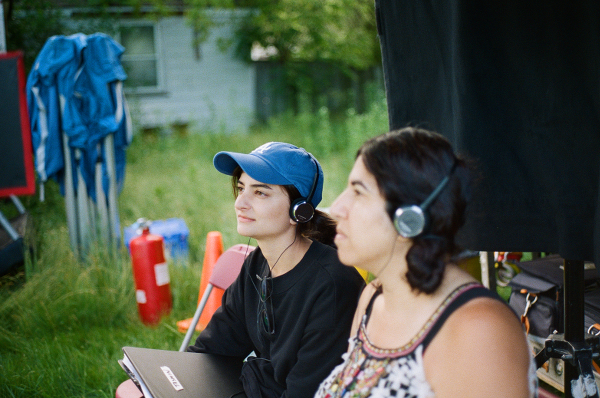
I arrived at the motel on the side of a busy two-lane highway in the sparsely populated town of Washago. I was one of the only visitors at this motel, which had seen its heyday in the 1960s. It had retained most of its retro decor: wood panelling, green carpets, nicotine-stained curtains. I planted myself on the bed in my room in 95-degree heat near a dusty table fan and took out my notebook, determined to churn out a third draft. I was soon distracted by the word “KILLER” scribbled on the wall in permanent marker near the bathroom. I briefly thought about changing rooms, but then made peace with it. After a few hours of sitting on the bed trying not to be distracted by Instagram, I had managed to revise a few shitty lines of a scene followed by a downward spiral of self-doubt: This isn’t working. Nothing is working. This script is dumb. I should just give up.
There was a Chinese restaurant attached to the side of the motel, so I decided to get out of my head and picked up some Kung Pao chicken. I came back to my room and turned on the old TV set to watch the 2016 presidential debates. There was a horrific quality to watching Trump’s rise and the celebration of his misogyny. Not unlike some of the male characters in my film, this was a man who sought to undermine women who threatened his position of power. People supported this. Many people supported this. I got nothing done in those two days at the motel, but I was reminded of why I needed to tell this story now.
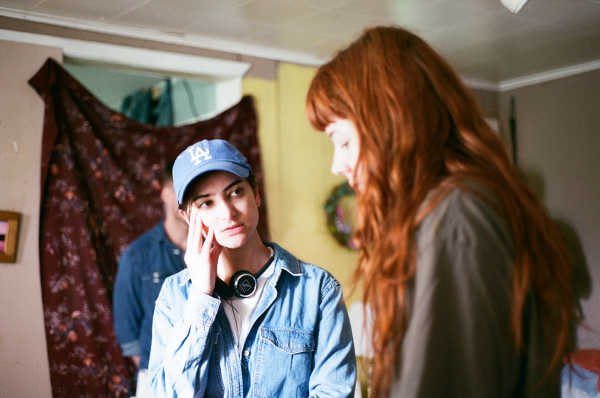
When I completed my first few drafts of the script, some people warned me that Firecrackers was too political. “Patriarchy” was too loaded a term for them, and they urged me to focus the story on the female friendship dynamic. I couldn’t tell if this attitude was symptomatic of the typical English-Canadian aversion to taking risks, or if they had a point. For me, “patriarchy” wasn’t just an abstract term or part of a slogan we put on T-shirts, it was rooted deeply into the fiber of everything we do, and I was determined to try and wake people up to that fact. The way to do this, I argued, was through authentic characters and tone. Let’s not tell people what patriarchal oppression is like, let’s make them feel it through the performances, through the camerawork, through the costumes, through setting, through the color palette. Of course, the story of Firecrackers is only one small glimpse of how patriarchal oppression manifests, but I was adamant in standing behind this approach.
We shot the film in 18 days during the summer of 2017 in post-industrial Southwestern Ontario. Leading up to production, I had spent a year with the two leads crafting their characters through a series of improv sessions. By the time we got to set, Michaela Kurimsky and Karena Evans knew their characters Lou and Chantal inside and out. Michaela had gone so method in her approach that she admitted to me later that it took her months to shed the darkness and aggression she embodied as Lou. We became a family during that time, shooting at all hours of the day and night, sleeping in college dorms to save money. What was even more special was that there was this key crew of women behind the camera coming together to bring to life a story that gave credence to their experiences. Even though we were worn down by fatigue, the shooting process was cathartic. It wasn’t uncommon for at least one us to be moved to tears as we stood by the monitor.
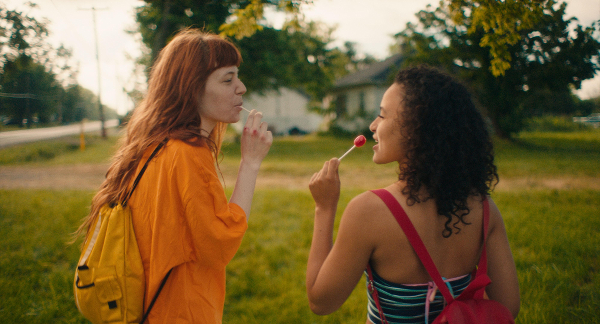
The end result was a film that resonated with many people, but also one that left some audiences feeling unsettled. I remember seeing a good number of people walk out during Firecrackers’ premiere at the Toronto International Film Festival. I texted my cinematographer Catherine Lutes about this later and she responded enthusiastically, as all her favorite films had plenty of walk-outs at festivals. This served as another reminder to me that I never sought out to create a film that would please everyone. Even when some liberal-minded men told me they wouldn’t let their daughters watch my film, I realized I had struck a deep nerve. Because in the end, that’s exactly who I made it for: their teenage daughters. I made this film for 16-year-old me. I made it so we as women could see our experiences, no matter how beautiful or ugly, validated on screen, so perhaps for a moment we can feel powerful – maybe even free.


